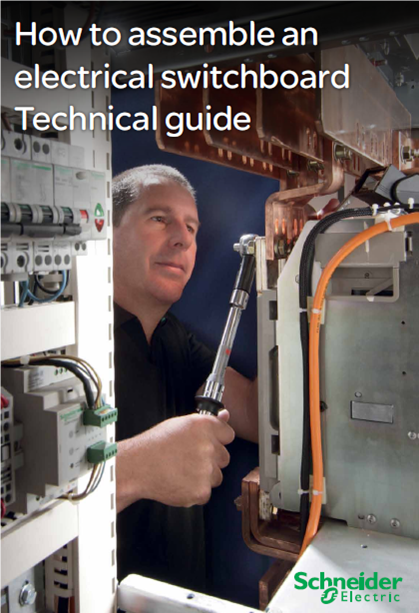Electrical codes are sets of rules established by governing bodies which state:
• Type of equipment to be used in a given situation
• Appropriate use
• Installation procedures,
including how and where it should be installed
Codes usually carry mandatory compliance, and can apply nationally or to a
more limited area, such as a single local municipality. In any case, such codes can
be used to facilitate the successful installation of equipment, or stop it dead in its
tracks. Codes are powerful, and there must be a keen awareness of the various
codes and their applications.
One of the best known set of codes is the NEC (National Electrical Code), which
works in conjunction with UL requirements. The NEC is a set of electrical installation
standards published by the National Fire Protection Agency (NFPA). The
NEC is the most widely adopted electrical code in the United States and regulates
all electrical equipment used in power distribution systems, from the source to private
residences, and even to the configuration of the circuits within homes.
As you learn about different types of electrical equipment, you will become very
aware of the standards and codes that are most relevant to that particular type of
equipment. For now, just be aware of their existence and importance.
Here is a list of the most common standards and codes (but it is far from all-inclusive):
• ANSI (American National Standards Institute)
• BSI (British Standards Association)
• CE Mark (Certified European Mark)
• CEC (Canadian Electric Code)
• CSA (Canadian Standards Association)
• IEC (International Electrotechnical Commission)
• IEEE (Institute of Electrical and Electronic Engineers)
• ISO (International Standards Organization)
• NEC (National Electrical Code)
• NEMA (National Electrical Manufacturers Association)
• UL (Underwriters Laboratories, Inc.)
EATON


















